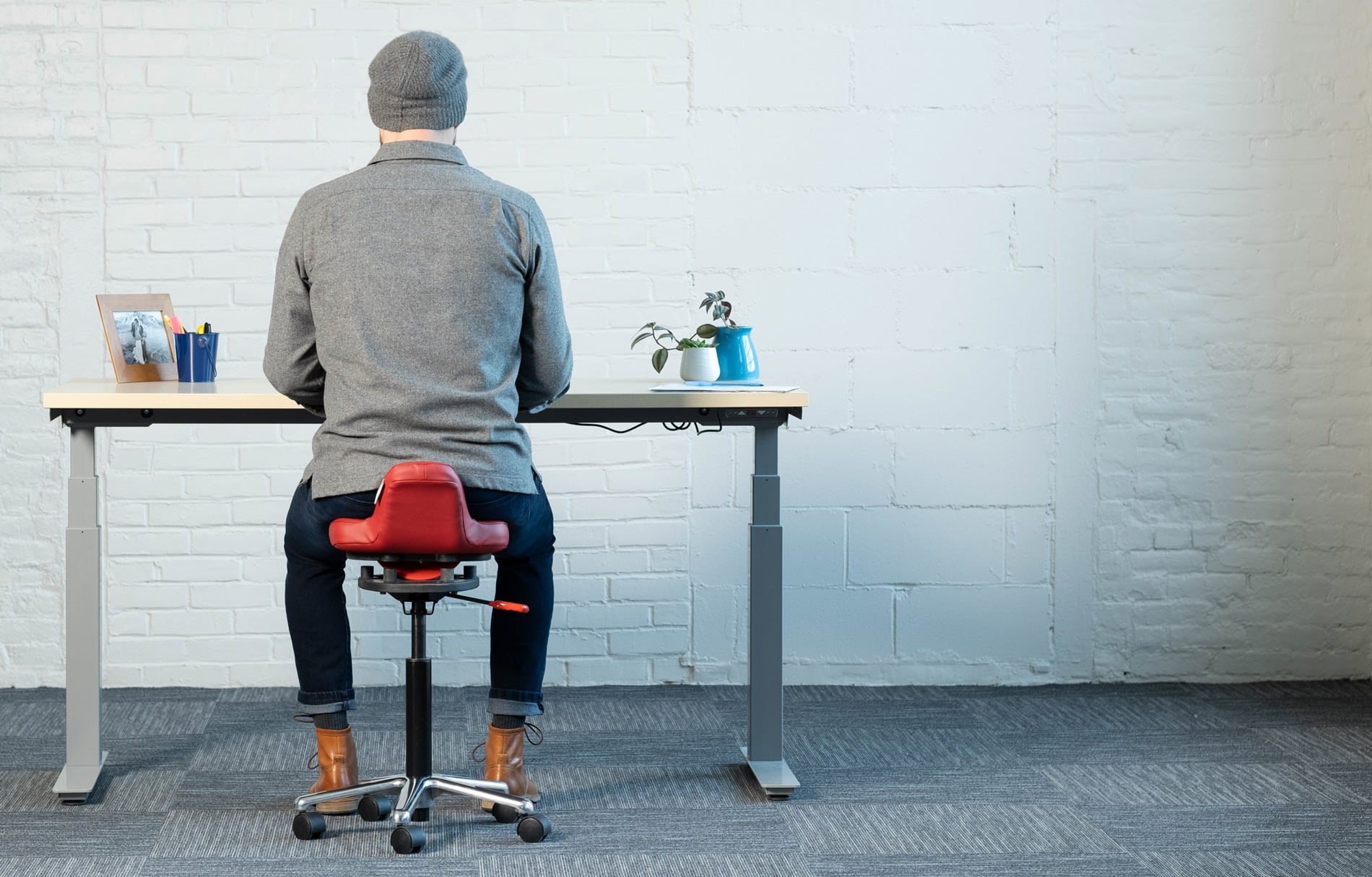A research paper published last month is the definitive summary of the many harms that sedentary behavior causes. Published in the prestigious journal Physiological Reviews by Pinto and co-workers, Physiology of Sedentary Behavior1 weighs in at 61 pages backed up by 407 references. Even by academic standards, that’s a lot of ink.
To make the topic more manageable for readers the authors divided their paper into six sections, and then further shrunk their findings into a single infographic, but even with this compression it still feels like a lot to take in:
Fortunately, the takeaway is simple if alarming: every body system is adversely affected by sedentary behavior. Moreover, the more one sits, and the longer one’s sitting bouts, the worse things get. As the authors observe: “Prolonged and uninterrupted sedentary behavior leads to insulin resistance, vascular dysfunction, shift in substrate use toward carbohydrate oxidation, shift in muscle fiber from oxidative to glycolytic type, reduced cardiorespiratory fitness, loss of muscle mass and strength and bone mass, and increased total body fat mass and visceral fat depot, blood lipid concentrations, and inflammation.” A litany of problems that taken together weaken us, sicken us, and shorten our lives.
Even worse, although it seems unfair, time spent at the gym doesn’t undo the harms of passive sitting. Quoting again from the paper: “high volumes of SB (sedentary behavior) can have adverse physiological impacts even in the presence of large volumes of aerobic and/or resistance exercise.” That is, neither cardio nor weight training protect against the harm caused by sedentary behavior.
For most of us who sit for most of our waking hours these findings are pretty discouraging. This especially true because the proposed fixes: “Sit less!” and “Get up often!” are surprisingly hard to incorporate into one’s day. Yes, one need “only” walk for 5 minutes every half hour to reset one’s glucose metabolism, but this works out to 16 interruptions and over an 8 hour day, as well as over an hour away from one’s desk. Even if you are disciplined enough to stick to such a schedule, not every employer will be supportive
Although the bulk of Pinto and co-workers’ paper is a literature review, in their summary they briefly suggest some workarounds for those who cannot avoid sitting. They observe: “… potential countermeasures may be certain minimal combinations or criteria of mode or posture (e.g., active sitting, fidgeting, acute or extended postural changes, standing, activities involving resistance, and/or sit-to stand transitions …) are all that is required to derive physiological benefit.”
It’s no accident that active sitting is the first thing on their list of practical solutions to the problems caused by passive sitting, because it is by far the easiest to implement. And Pinot isn’t alone in this suggestion. Daniel Lieberman (professor of biological sciences and human evolution at Harvard) suggests in his recent book Exercised: Why something we never evolved to do is healthy and rewarding (2020): “… try to find ways to sit more actively without being inert for too long, squirm shamelessly …”
I think the important word here is really shamelessly. It’s critical that we be willing to squirm, wiggle, stretch, maybe do a little Tai Chi or even dance a bit when we need a break from sitting at a screen. And, if you’re movement transgression inspires others in your office to also move a bit more, so much the better. At root the problems caused by sitting so much may really be a matter of social engineering: if we can just allow others, and ourselves, the freedom to move a bit more while working we’ll be a long way toward a simple, sustainable, solution to the harms caused by our current approach to sitting. Just one more advantage of active sitting: when you squirm you can blame it on your chair.






Leave a comment
All comments are moderated before being published.
This site is protected by reCAPTCHA and the Google Privacy Policy and Terms of Service apply.